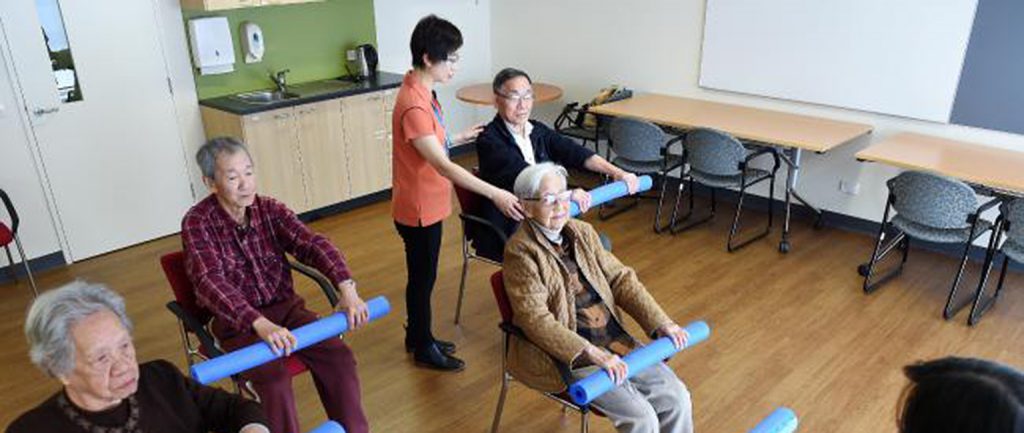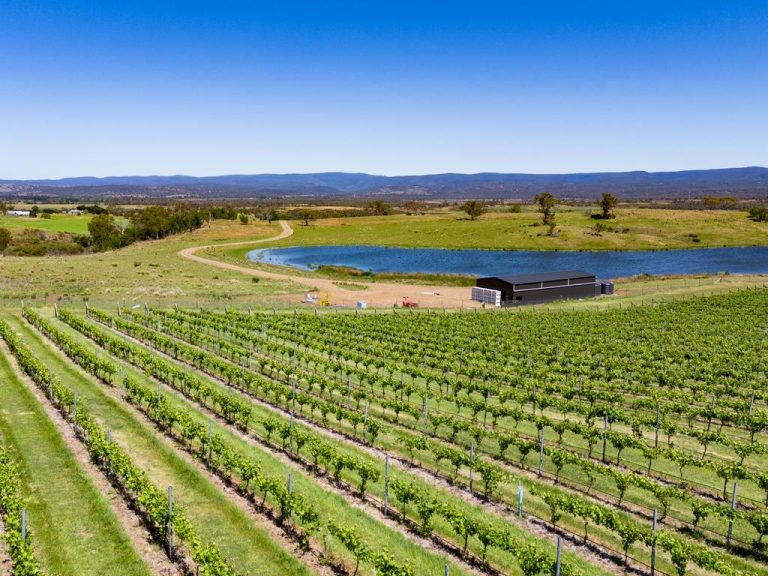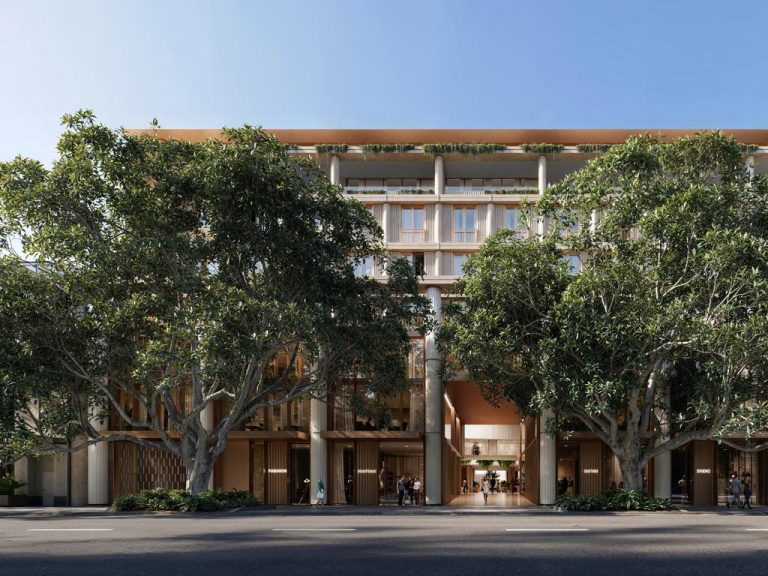Aged care giants take $250m market hit

Aged care market darlings Japara Healthcare, Regis Aged Care and Estia Health had almost $250 million wiped off their market values after being hit by a slew of analyst downgrades on the back of concerns about the tougher regulatory regime and lower funding for the sector.
Japara led losses on the Australian Securities Exchange yesterday, shedding 8.99%, followed by Regis Health, which plunged 8.52%, and Estia Health, which closed 5.67% lower.
Changes to the Aged Care Funding Instrument revealed in the May Budget have sent shockwaves through the sector, with the cuts signalling a tougher environment for operators, which will probably have to lift co-payments from residents.
Detailed analysis in the past week has prompted brokers to cut their forecasts for the sector, as it has become apparent that cuts were more significant than originally believed.
“Recent discussions with unlisted operators flagged potential for further downside,” Morgan Stanley analysts say, while UBS analysts flag an outlook of lower bed growth, as well as cuts to investment and refurbishment, which will also trim margins.
Imagine what these changes are doing to the non-profit sector in aged care
Morgan Stanley analysts flagged profit downgrades for Estia of 1.7% in fiscal 2017, growing to 5.9% in fiscal 2018, and Japara Healthcare of 3% in fiscal 2017 and 6.8% in fiscal 2018 on the basis that changes would mean a lower level of government funding would be stretched across more beds.
While listed operators remain confident that revenue from additional services, such as in-house physio, better food options and other optional rehabilitation services, as well as scale benefits and controlling costs, will help offset lower funding, analysts remain unconvinced.

Aged care facilties attract considerable government funding
“The bear case is that a larger proportion of the revenue decline from lower ACFI rates at mature assets flows through to lower (earnings before interest, taxes, depreciation and amortisation),” Morgan Stanley analysts say.
I think it might become an opportunity for these guys in the medium term as there will be fallout
“This would be a catalyst for further downgrades … where the decline in revenue flows through to an equally large decline in EBITDA dollars.”
Australian aged-care providers rely on government funding for roughly two-thirds of industry revenue, according to UBS, which says the industry’s capacity to charge co-payment fees to residents could offer it some protection. The analysts also point to a bed shortage that is likely to grow over the next two years. This will keep occupancy rates above 93%, working in the sector’s favour.
Aged-care operators see challenges and opportunities.
“Imagine what these changes are doing to the non-profit sector in aged care … I think it might become an opportunity for these guys in the medium term as there will be fallout,” one player says.
This article originally appeared on www.theaustralian.com.au/property.







